25+ Sample Planning
-

Sprint Planning Agenda
download now -

Event Planning Tracker
download now -
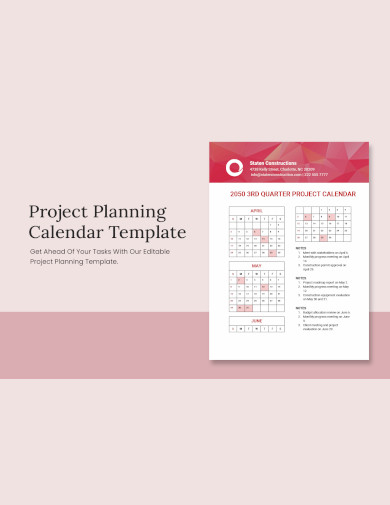
Project Planning Calendar
download now -
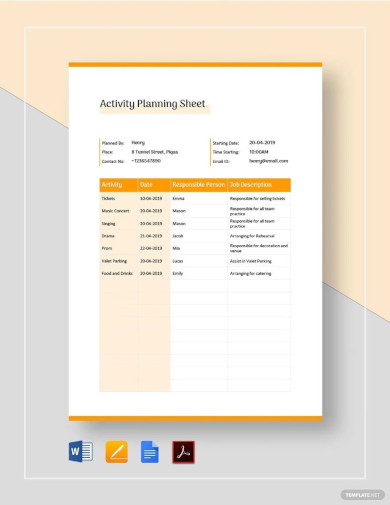
Activity Planning Sheet
download now -
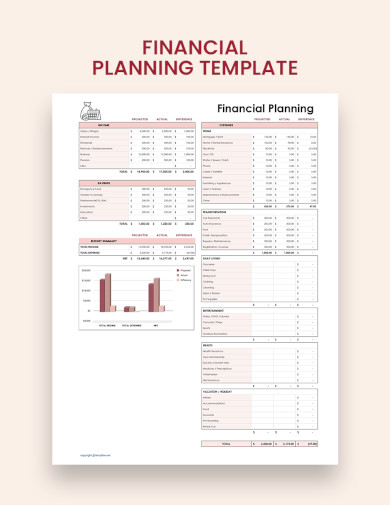
Financial Planning
download now -
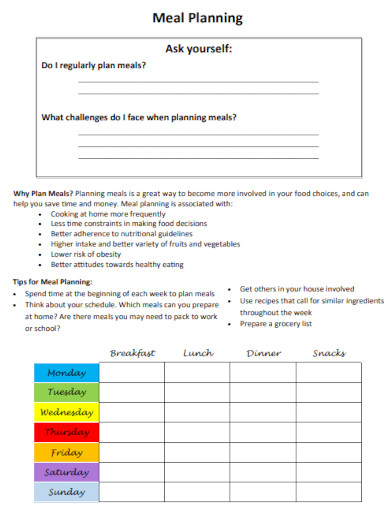
Printable Meal Planning
download now -
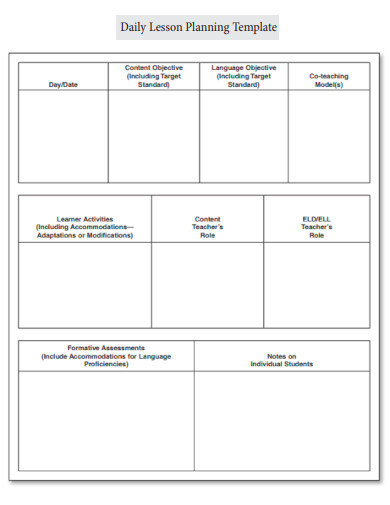
Daily Lesson Planning
download now -
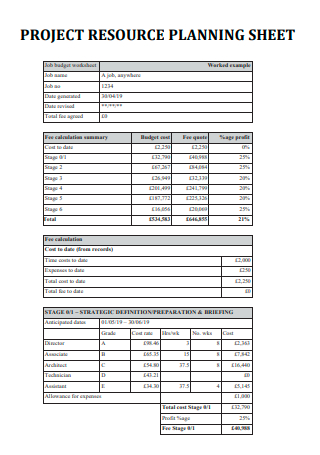
Project Resource Planning Sheet
download now -
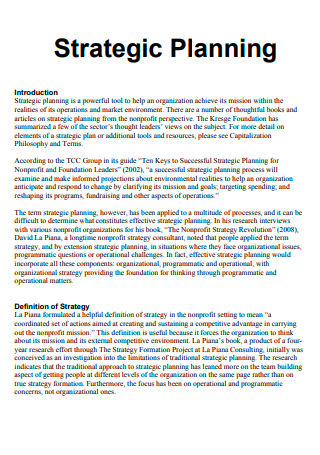
Strategic Planning
download now -
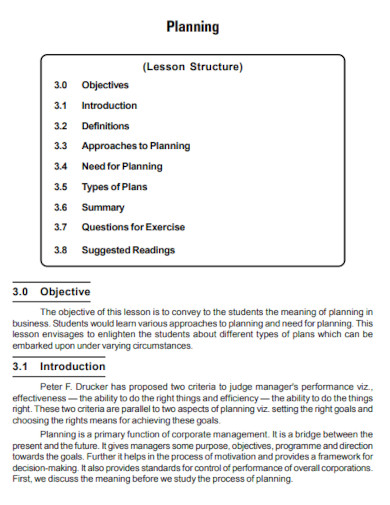
Lesson Planning for School
download now -
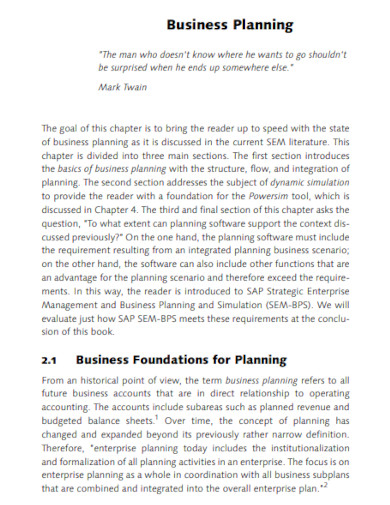
Business Planning
download now -

Special Education Transition Planning
download now -
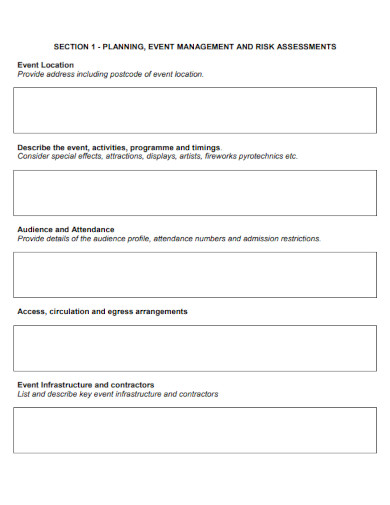
Event Management Planning
download now -
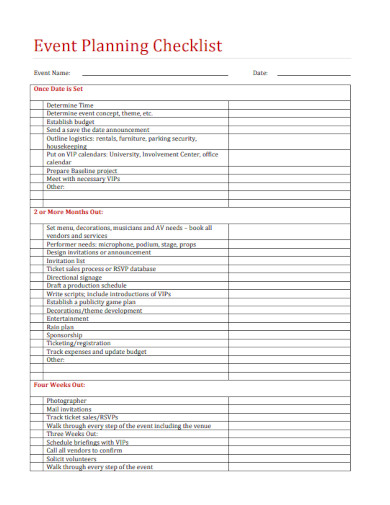
Event Planning Checklist
download now -
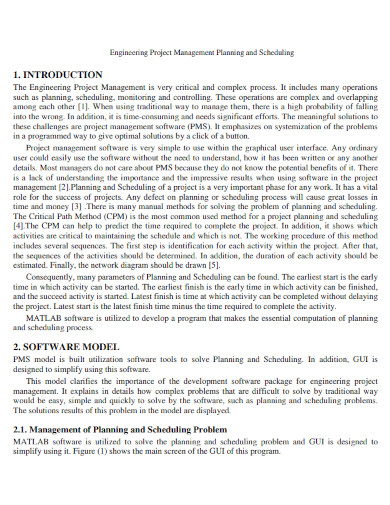
Project Management Planning
download now -

Bank Strategy Planning
download now -
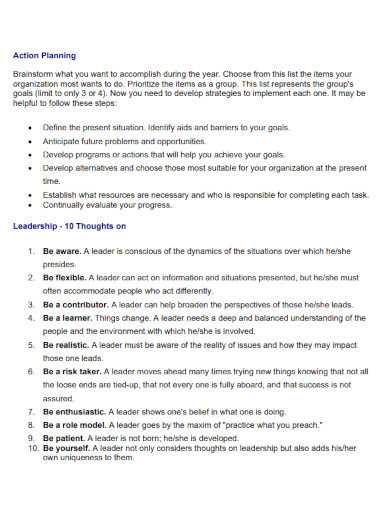
Action Planning
download now -
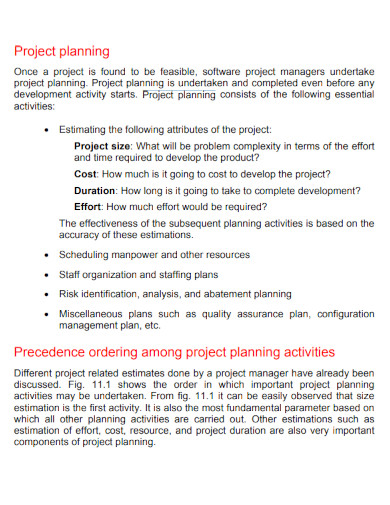
Sample Project Planning
download now -
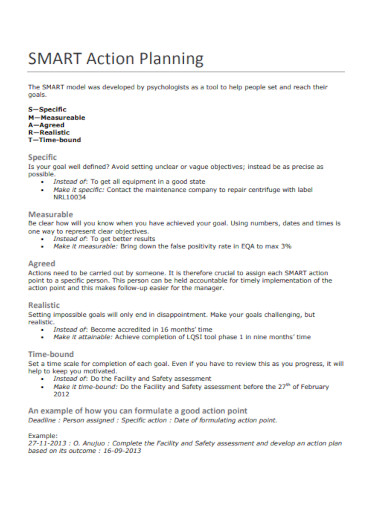
SMART Action Planning
download now -
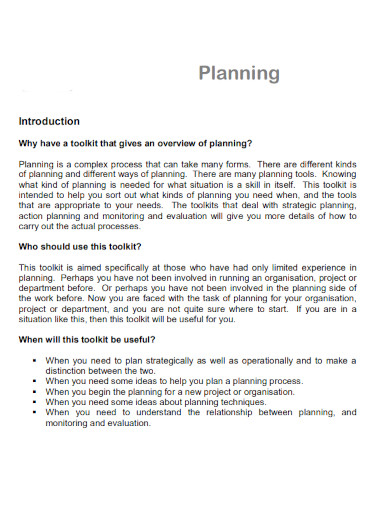
Basic Planning
download now -
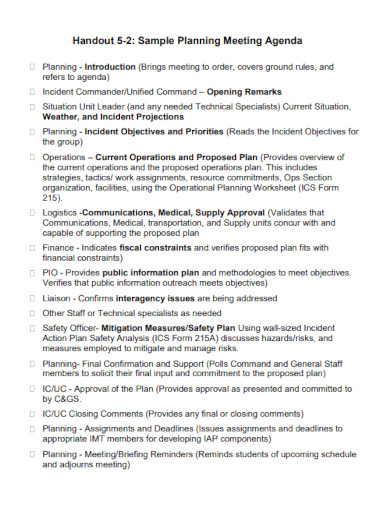
Sample Planning Meeting Agenda
download now -

Teacher Planning
download now -
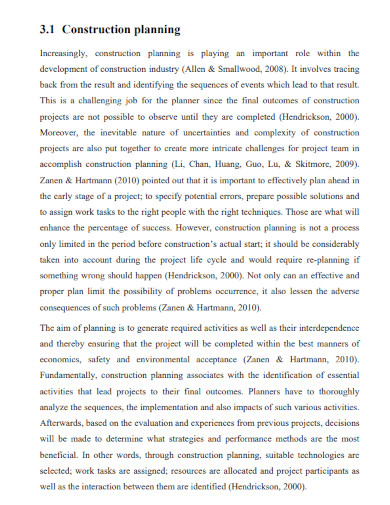
Construction Planning
download now -
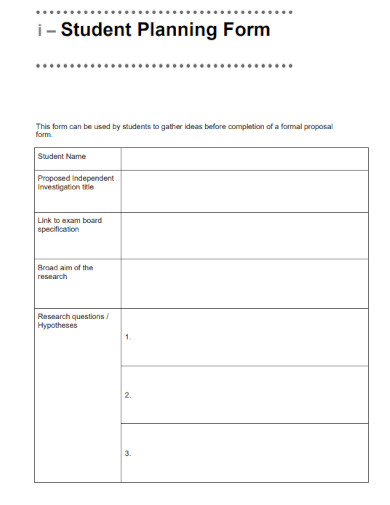
Student Planning Form
download now -

Marketing Planning
download now -

Unit Planning Calendar
download now
What Is Planning?
Planning is the process of establishing the goals and objectives of a project and identifying the resources and actions necessary to achieve those objectives. It entails the creation of a detailed project plan that outlines the steps and duties required to complete the project, as well as identifying potential risks or obstacles and developing strategies to manage them. The objective of planning is to construct a vision roadmap for the project to ensure its success. To accomplish this, managers must thoroughly comprehend the current situation and their desired future position.
Benefits of Planning Ahead
Surely you’ve heard the expression “plan ahead,” but what does it mean? We plan for vacations, a new automobile, and retirement. However, we frequently fail to organize our lives. Planning involves making decisions and acting to create your desired future. This blog post will discuss critical factors why planning can improve your life!
Tips to Achieve Your Plans
Success is a concept that is unique to each person. Everyone aspires to succeed, whether that entails having a rewarding career, a comfortable home, or a loving family. When you achieve your objectives, you feel proud, are motivated to do well, and realize that you have made an impact in a competitive world.
1. Be Committed
Maintaining concentration on your plan is essential. It is helpful to devote at least 15 minutes daily to planning and execution. This will keep your objective in mind and allow you to maintain focus on it. Success requires effort and extensive practice. Success does not occur instantly. Often, it takes years of repeating the same tasks or even years of failure before you have the chance to reap the benefits. In determining your commitment to your objective, you must have reasonable expectations of yourself and the outcome. If your responsibility is not bearing fruit after a specific time, you should revise your goal and any necessary actions.
2. Learn From Experience
Pay attention to the minor steps required to achieve success rather than focusing solely on the outcomes of your efforts. If you allow yourself to celebrate small victories along the way, achieving your goal will become a daily experience, and you will be more likely to stay on track. You will learn new and exciting things along the path, aiding your personal development. Achieving the goal will be easier if the path to success becomes monotonous. Knowing what you’re capable of can be enjoyable and exciting, so keeping your objectives light and pleasant is essential to maintain a positive emotional experience and avoid losing perspective.
3. Believe Positively
Developing a positive mindset involves having confidence in oneself and one’s capacity to succeed. Replacing negative beliefs with positive ones is essential to motivate yourself to persevere regardless of your obstacles. You will likely acquire new knowledge and adopt a unique view on the path to success. Your objectives will take time to reach. It will require practice and discipline to attain them, so it is essential to view the process positively.
4. Change Your Perspective
Sometimes along the voyage, you must alter your perspective to improve a problematic situation. Imagine having a fine day or week when you are having a bad day or week. Observe how your day or week changes if you give yourself the opportunity and the time to meditate about your situation using only positive language. Life-altering effects may result from doing this for an extended period.
How to Develop a Strategic Plan
The more comprehensive your foundational planning, the more effective your plan will be. Developing and composing a strategic plan begins with the phase of planning. Remember that this phase can require weeks or even months to complete. To reduce ambiguity and confusion, this should be exhaustively detailed, heavily researched, and well-written. The following are the stages in developing a strategic plan:
1. Analyze Market, Consumer, and Rival Trends
Alignment with the established mission and objectives of the organization is the first stage in strategic planning. This begins with an industry, market, and competitor trend analysis. The best method to start this process is by considering external rather than internal aspects of your business. The majority of this information is easily accessible. Again, the more comprehensive and thoroughly researched these aspects of your plan are, the more effective your action plan will be. Two of the most crucial elements are understanding the industry from the top down and differentiating your brand from competitors.
2. Perform a SWOT Analysis
After completing the investigation portion of your plan, you should conduct a SWOT analysis. This analysis evaluates your assets, weaknesses, opportunities, threats, and those of your team or organization. As with many other processes in strategic planning, it is essential to evaluate each aspect thoroughly. Internal (strengths and vulnerabilities) and external (opportunities and threats) factors are considered in the SWOT analysis. During this phase, it is crucial to use this and other analysis tools to comprehend your current position and desired objectives thoroughly.
3. Write Your Mission Statement
Creating a mission statement can help your organization define its objectives and strategies for achieving them. Defining core values and explaining the organization’s raison d’être, a strong mission statement can bring clarity to your organization at all levels by being specific and straightforward. These two factors are fundamental to strategic planning. Most businesses provide consumers with online access to mission statements that can inspire them to write their own. Search online for your favorite brands’ mission statements and fundamental values. Statements of purpose can be brief or lengthy. The goal is to explain your company’s existence and what it can offer consumers.
4. Create a Vision Statement
A vision statement should describe how the mission will be accomplished. To create an excellent vision statement, eliminate jargon and industry terms to make it accessible. Instead of a mission statement, a vision statement motivates employees rather than outsiders, such as investors or consumers. Writing a vision statement will support and maintain your brand’s values, objectives, purpose, and mission.
5. Define Your Long- And Short-Term Objectives
After completing the SWOT analysis and identifying the company’s fundamental values, you should establish short- and long-term business objectives. Long-term objectives should align with the company’s mission statement, while short-term objectives are the milestones to help you achieve the long-term objectives. The SMART goal framework can guide setting specific and relevant objectives. The most essential aspect of setting a goal is ensuring it is both problematic and attainable. Additionally, you should have a method for measuring your improvement objectives.
6. Create Fundamental Values and Departmental Objectives
Creating fundamental values is another aspect of strategic planning. In addition to aiding in formulating your mission and vision statements, these can function in reverse. This indicates that your vision and mission statements can assist you in identifying your fundamental values. Typically, one or two words are used to characterize the basic beliefs of an organization. From these actual values, you can derive departmental objectives. Departmental objectives are central to corporate strategic planning and contribute to strategy development. Each goal should be set annually so your team can achieve and modify it as needed in subsequent years. For instance, a company’s objective may be introducing a new product line. Therefore, the aim of your department’s research and development team could be to create a new product that addresses consumer problems or concerns. Using specific, measurable, and actionable departmental objectives can aid in achieving success. Sometimes, companies incentivize employees who accomplish these goals before the deadline.
FAQs
What will happen if there is no planning?
A lack of preparation will inevitably result in material shortages or delays. Without analyzing the frequency with which resources must be replenished, these necessities will not be available when and where they are required.
Is planning necessary for success?
Planning and organization help you complete your work accurately and avoid costly errors. Planning before and organizing your job improves your efficiency and output. In addition to being well-organized and developing effective plans, achieving essential goals and objectives is also made possible by being well-prepared.
What is a planning strategy?
Strategic planning is the process by which the leaders of an organization define their vision for the future and designate its goals and objectives. The method includes determining the order in which these objectives must be attained for the organization to realize its stated vision.
The advantages of effective planning extend far beyond simply attaining your objectives. Planning gives vitality to a company’s vision and enriches everyone working toward a common goal. If a purpose is worth establishing, it is also worth pursuing with the appropriate tools and techniques. Developing and adhering to an effective sample plan improves your chances of achieving your objectives and obtaining various additional benefits. A well-structured action plan effectively catalyzes growth and development at the individual, organizational, and business levels.
